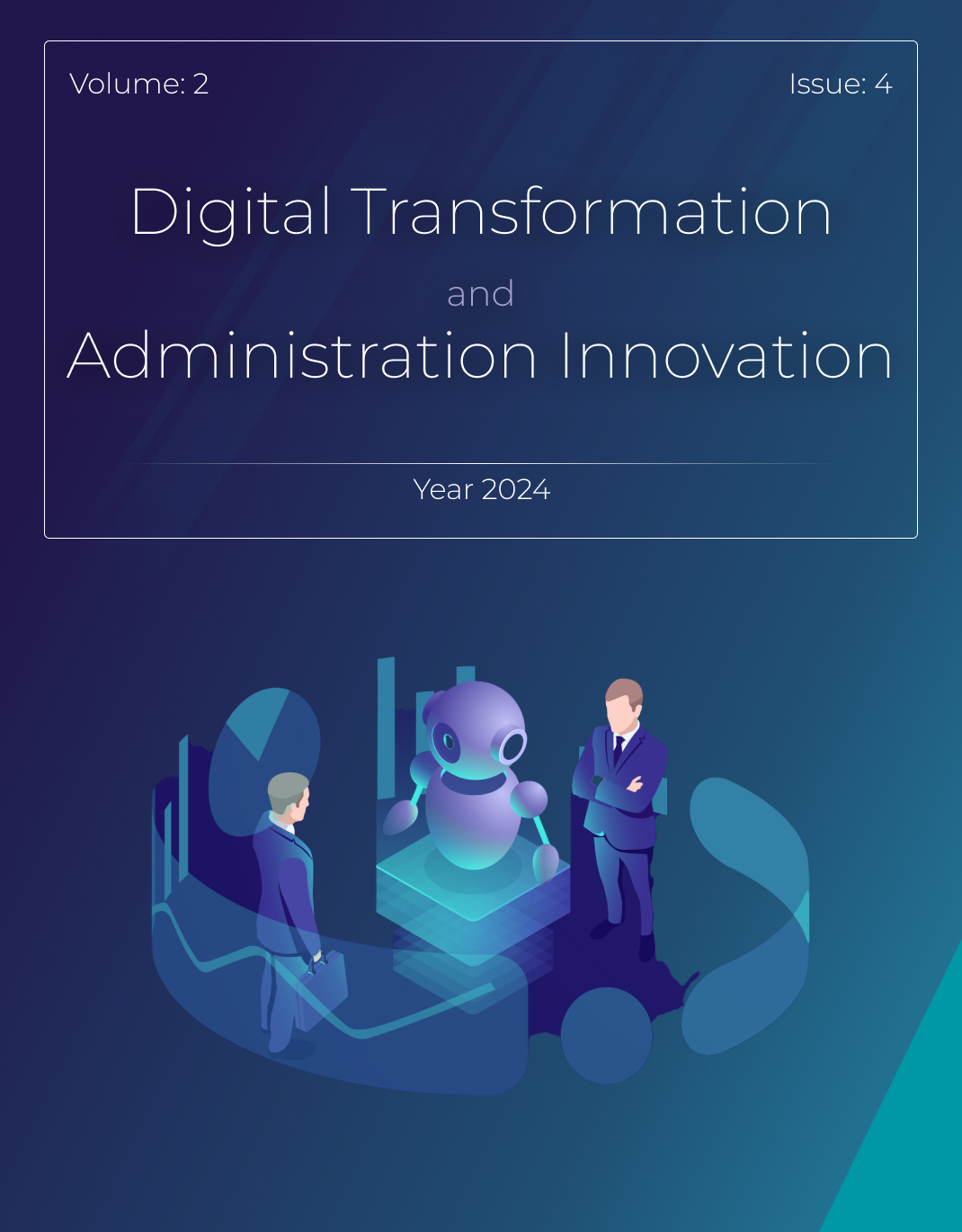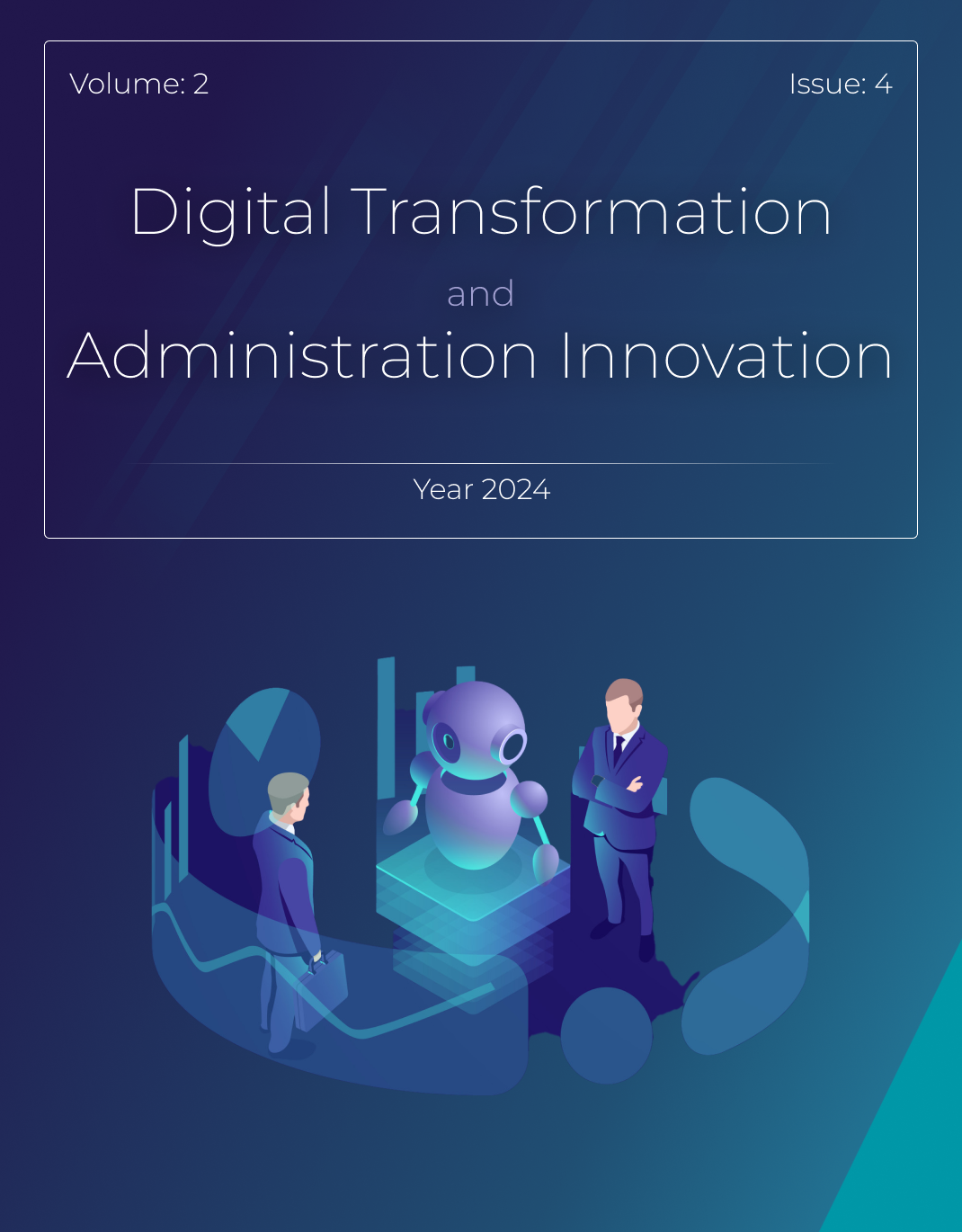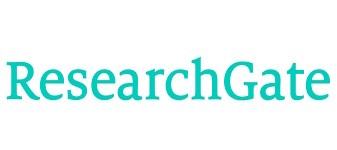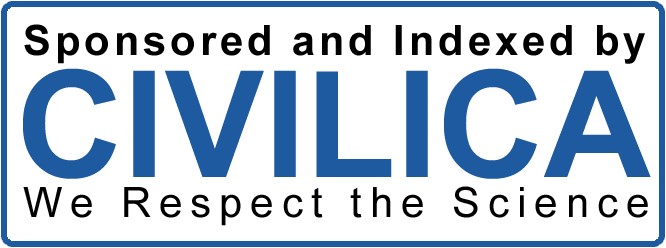From Descriptive to Prescriptive Analytics: The Evolution of Data Use in Business
Keywords:
Artificial Intelligence, workforce diversity, algorithmic bias, ethical guidelines, inclusive workplaces, privacy, public-private partnershipsAbstract
This study explores the evolution of data use in business, focusing on the transition from descriptive to prescriptive analytics, and examines the organizational and technological factors influencing this progression. A qualitative research design was employed, involving semi-structured interviews with 28 participants from diverse industries who were directly engaged with analytics processes. Data collection continued until theoretical saturation was achieved. The interviews were conducted online, transcribed verbatim, and analyzed using thematic analysis with the aid of NVivo software. Key themes and subthemes were identified, offering insights into the challenges, adaptations, and impacts of prescriptive analytics adoption. The study identified three main themes: the transition from descriptive to prescriptive analytics, organizational adaptation and culture, and the impacts of prescriptive analytics. Participants emphasized the critical role of technological advancements such as AI and real-time analytics, the importance of leadership and employee training, and the need for robust data governance frameworks. Benefits reported included enhanced decision-making, operational efficiency, and customer-centric innovations. However, challenges such as resource constraints, resistance to change, and skill gaps were also highlighted. The findings underscore the transformative potential of prescriptive analytics in driving strategic decision-making and operational excellence. For successful adoption, organizations must prioritize leadership engagement, invest in employee training, and establish effective data governance practices. Future research should focus on cross-industry comparisons, longitudinal studies, and quantitative analyses to further validate these insights.







